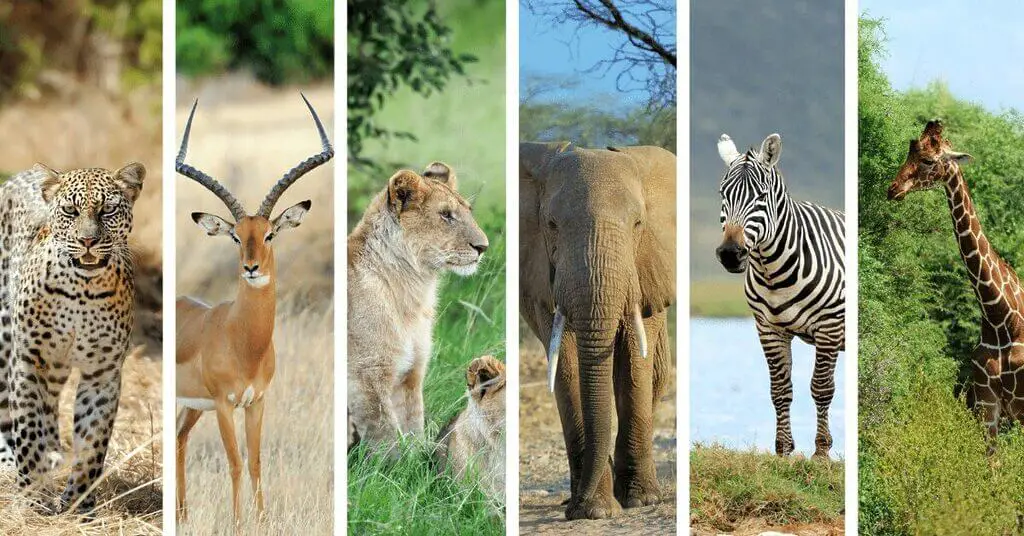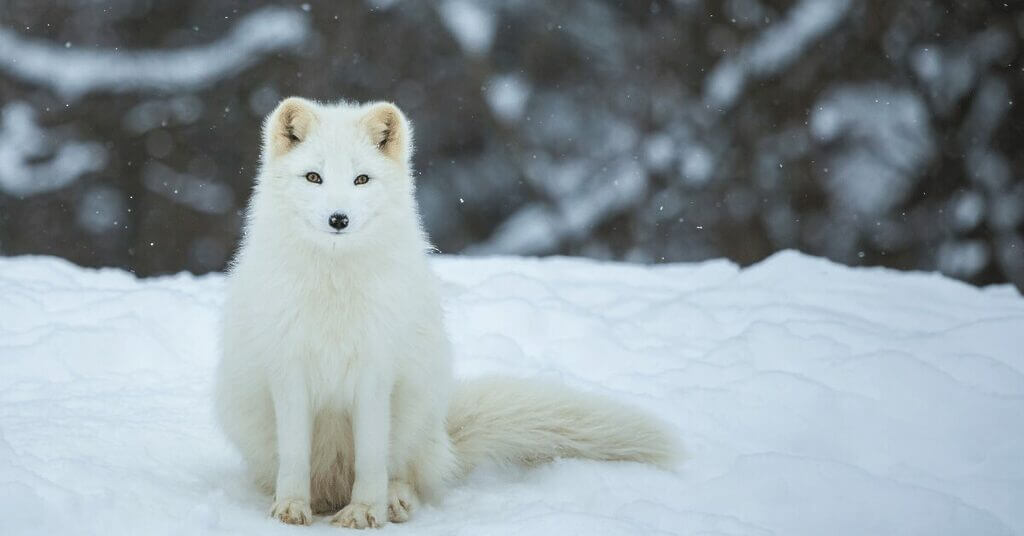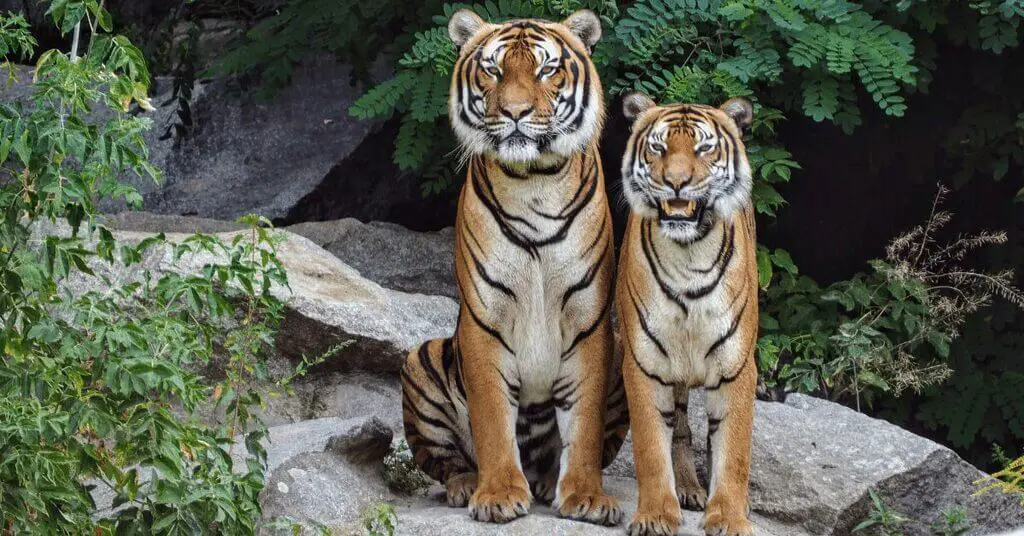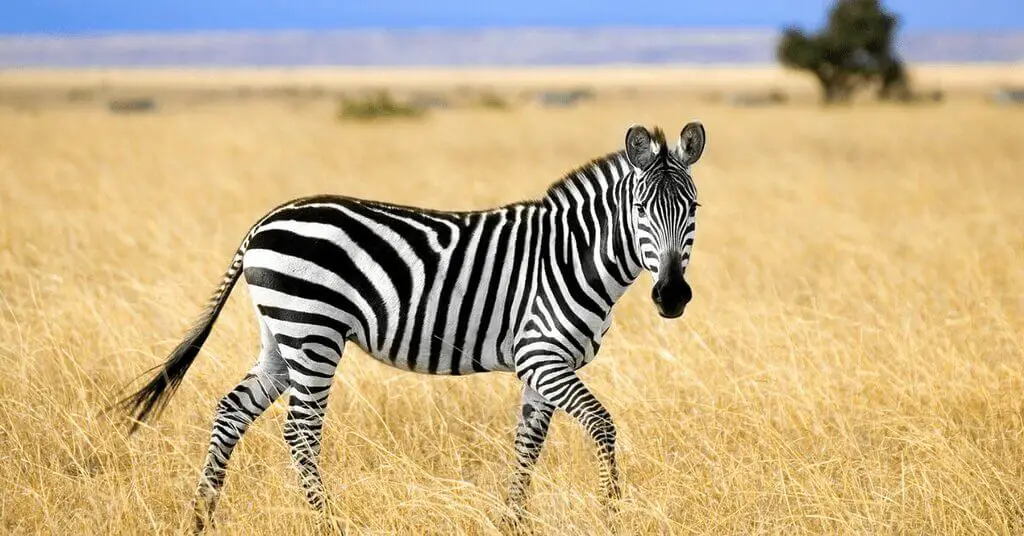Discover the breathtaking diversity of the animal kingdom through the lens of color. From the vibrant colors of tropical birds to the stunning patterns of exotic reptiles, the world of animals is a kaleidoscope of captivating colors.
However, understanding the significance behind these colors can be challenging. Why do some animals have bright, bold colors while others blend seamlessly into their surroundings? How do these colors help animals survive and thrive in their natural habitats?
In this comprehensive guide, we’ll dive deep into the fascinating world of animal coloration. We’ll explore the various reasons behind the colors of animals, from camouflage and communication to thermoregulation and protection.
The Significance of Animal Coloration

Animal colors play crucial roles in their survival and reproduction, serving various purposes such as camouflage, communication, and thermoregulation.
Camouflage is one of the most important functions of animal coloration. Many animals have colors and patterns that help them blend in with their surroundings, making it harder for predators to spot them.
For example, the Arctic fox’s white fur allows it to disappear against the snowy background, while the leaf-tailed gecko’s mottled green and brown colors help it merge with the tree bark it rests on.
In addition to camouflage, animal colors also play a vital role in communication and mating. Bright, bold colors can serve as a warning to predators that an animal is toxic or unpalatable, such as the red and black colors of the poison dart frog.
Colors can also be used to attract mates, like the vibrant plumage of male birds of paradise during courtship displays. Furthermore, animal coloration can aid in thermoregulation and protection from the elements.
Dark colors absorb more heat, helping animals stay warm in cold environments, while light colors reflect the sun’s rays, keeping animals cool in hot climates. Some animals, like the hippopotamus, secrete pigments that act as natural sunscreens, shielding their skin from harmful UV rays.
Understanding the significance of animal coloration is essential for appreciating the incredible adaptations and diversity of life on Earth.
Yellow Animals You Need to Know About
Yellow is a vibrant and eye-catching color that many animals sport for various reasons, from camouflage to communication.
Some of the most notable yellow animals include the majestic African lion, with its golden mane and coat, and the striking yellow tang, a tropical fish known for its bright, uniform yellow color.
The infamous yellow jacket wasp is another well-known example, with its distinct yellow and black stripes serving as a warning to potential predators.
Other fascinating yellow animals include the banana slug, the largest slug species in North America, and the golden poison frog, one of the most toxic animals on Earth.
The American goldfinch, a small bird known for its brilliant yellow plumage during the breeding season, is another remarkable example.
To learn more about these and other captivating yellow animals, be sure to visit our in-depth article, “Yellow Animals You Need to Know About.”
White Animals You Should Know Of

White is a color that often signifies purity, elegance, and mystery in the animal kingdom.
Some of the most iconic white animals include the majestic polar bear, with its thick, white fur that provides excellent camouflage in the snowy Arctic, and the graceful snowy owl, known for its striking white plumage and piercing yellow eyes.
The beluga whale, a highly intelligent and social marine mammal, is another notable example, with its distinctive white color and friendly appearance.
Other remarkable white animals include the white tiger, a rare variant of the Bengal tiger, and the Arctic fox, which undergoes a fascinating seasonal color change, turning white in the winter for camouflage. The albino alligator, a rare genetic variant, is another extraordinary example of a white animal.
For a more in-depth look at these and other incredible white animals, visit our article White Animals You Should Know Of.
Red Animals You Need to Know About
Red is a color that often symbolizes passion, energy, and intensity in the animal kingdom. One of the most well-known red animals is the fiery red fox, with its distinctive rusty-red coat and cunning nature. The scarlet ibis, a striking wading bird with vibrant red plumage, is another notable example.
The venomous red-bellied black snake, native to Australia, is a fascinating red animal with a jet-black back and bright red underside.
Other remarkable red animals include the ladybug, a beloved insect known for its bright red shell with black spots, and the red panda, an adorable and unique mammal with reddish-brown fur and a masked face.
The crimson rosella, a beautiful parrot species native to Australia, is another stunning example of a red animal. Discover more about these and other incredible red animals by visiting our article Red Animals You Need to Know About.
List of Rare Purple Animals
Purple is a rare and captivating color in the animal kingdom, often associated with royalty, mystery, and magic. One of the most stunning purple animals is the purple emperor butterfly, with its iridescent purple wings that shimmer in the sunlight.
The violet-backed starling, a beautiful African bird with a metallic purple sheen on its back and wings, is another remarkable example. The purple sea urchin, a marine invertebrate with a vibrant purple shell, is a mesmerizing creature found in the depths of the ocean.
Other extraordinary purple animals include the purple frog, a unique amphibian with a distinct purple hue, and the purple deep-sea isopod, an amazing crustacean that thrives in the extreme conditions of the deep ocean.
The purple honeycreeper, a small bird with a striking purple head and back, is another rare and beautiful example of a purple animal. To learn more about these and other rare and captivating purple animals, be sure to visit our article List of Rare Purple Animals.
Interesting Orange Animals

Orange is a color that often evokes feelings of warmth, energy, and enthusiasm in the animal kingdom. One of the most iconic orange animals is the majestic tiger, with its striking orange coat and distinctive black stripes.
The orangutan, a highly intelligent and endangered primate, is another notable example, with its shaggy orange fur and expressive face. The clownfish, made famous by the popular movie “Finding Nemo,” is a charming orange fish with white stripes that lives in symbiosis with sea anemones.
Other remarkable orange animals include the red-kneed tarantula, a large spider with a black body and vibrant orange patches on its legs, and the monarch butterfly, known for its beautiful orange wings with black veins and white spots.
The Garibaldi fish, a bright orange marine fish found in the coastal waters of California, is another stunning example of an orange animal. To discover more about these and other fascinating orange animals, visit our article Interesting Orange Animals.
Fascinating Black Animals
Black is a color that often symbolizes elegance, power, and sophistication in the animal kingdom. One of the most iconic black animals is the sleek and powerful black panther, a melanistic variant of the leopard or jaguar.
The black mamba, one of the world’s deadliest snakes, is another notable example, with its glossy black scales and lethal venom. The black raven, a highly intelligent bird known for its problem-solving abilities and distinctive “caw” call, is another fascinating black animal.
Other remarkable black animals include the black widow spider, notorious for its venomous bite and distinctive red hourglass marking, and the black rhinoceros, a critically endangered species known for its impressive size and formidable horns.
The black-footed ferret, a rare and elusive mammal with a black mask and feet, is another captivating example of a black animal. To learn more about these and other incredible black animals, be sure to visit our article Fascinating Black Animals.
Black and White Animals

The combination of black and white creates a striking contrast that often symbolizes balance, harmony, and elegance in the animal kingdom. One of the most well-known black and white animals is the giant panda, with its distinctive black patches around the eyes, ears, and body, contrasting with its white fur.
The zebra, with its iconic black and white stripes, is another remarkable example, as each individual has a unique stripe pattern. The orca, also known as the killer whale, is a highly intelligent and social marine mammal with a striking black-and-white coloration.
Other notable black and white animals include the penguins, a group of flightless birds that often have black backs and white fronts, and the black and white colobus monkey, known for its long, flowing white tail and black body.
The black-and-white ruffed lemur, a critically endangered primate with a fluffy black-and-white coat, is another fascinating example of a black-and-white animal. To discover more about these and other captivating black and white animals, visit our article Black and White Animals.
Beautifully Blue Animals
Blue is a color that often evokes feelings of tranquility, serenity, and beauty in the animal kingdom. One of the most stunning blue animals is the blue morpho butterfly, with its iridescent blue wings that shimmer in the sunlight.
The blue tang, a vibrant marine fish made famous by the character Dory in the movie Finding Nemo, is another notable example. The blue poison dart frog, a tiny amphibian with a bright blue body and black spots, is one of the most toxic animals on Earth.
Other remarkable blue animals include the blue whale, the largest animal on the planet, with its enormous size and distinctive blue-gray coloration, and the blue jay, a striking bird with a vibrant blue crest and back.
The blue-ringed octopus, a small but highly venomous cephalopod with iridescent blue rings, is another fascinating example of a blue animal. To learn more about these and other incredible blue animals, be sure to visit our article Beautifully Blue Animals.
Animals That Are Brown

Brown is a color that often signifies earthiness, warmth, and stability in the animal kingdom. One of the most iconic brown animals is the brown bear, a large and powerful mammal found in various parts of North America, Europe, and Asia.
The bald eagle, the national bird of the United States, is another notable example, with its dark brown body and distinctive white head. The moose, the largest member of the deer family, is a majestic brown animal known for its impressive antlers.
Other remarkable brown animals include the capybara, the largest rodent in the world, with its thick, brown fur and friendly appearance, and the brown recluse spider, a venomous arachnid known for its brown color and distinctive violin-shaped marking.
The brown pelican, a large seabird with a long, pouched bill, is another fascinating example of a brown animal. To discover more about these and other intriguing brown animals, visit our article Animals That Are Brown.
Animals That Are Green
Green is a color that often represents growth, harmony, and nature. One of the most well-known green animals is the chameleon, a reptile famous for its ability to change colors to blend in with its surroundings.
The green tree python, a stunning snake with vibrant green scales, is another notable example. The praying mantis, a unique insect known for its distinctive hunting style and green coloration, is also a remarkable green animal.
Other captivating green animals include the green iguana, a large lizard with a vibrant green body and spiky crest, and the green tree frog, a small amphibian with bright green skin and large, bulging eyes.
The green honeycreeper, a beautiful bird with bright green plumage and a black mask, is another striking example of a green animal. To learn more about these and other amazing green animals, be sure to visit our article Animals That Are Green.
Conservation Efforts
As we’ve explored the incredible diversity of colorful animals throughout this guide, it’s crucial to recognize the importance of protecting these unique creatures. Many of the animals we’ve discussed face significant threats, including habitat loss, poaching, and climate change.
Protecting colorful animals is not only essential for maintaining the beauty and wonder of our natural world but also for preserving the delicate balance of ecosystems. Each species plays a vital role in its habitat, and the loss of even one can have far-reaching consequences.
Fortunately, numerous conservation initiatives and organizations are working tirelessly to protect these animals and their habitats.
For example, the World Wildlife Fund (WWF) is a global organization that focuses on conserving endangered species and their ecosystems. The International Union for Conservation of Nature (IUCN) is another prominent organization that assesses the conservation status of species and promotes their protection.
Other notable conservation efforts include the creation of protected areas, such as national parks and wildlife reserves, which provide safe havens for colorful animals and their habitats.
Captive breeding programs and reintroduction initiatives also play crucial roles in conserving endangered species and bolstering wild populations.
Conclusion
Our comprehensive guide takes us on a fascinating tour of the world of animals. From the vibrant hues of yellow and red to the striking patterns of black and white, we’ve explored the incredible diversity of the animal kingdom and the significance of color in their lives.
We’ve discovered how animal coloration plays crucial roles in camouflage, communication, and adaptation, helping these creatures to survive and thrive in their natural habitats. Along the way, we’ve encountered a wide array of remarkable animals, each with its own unique characteristics and stories.

